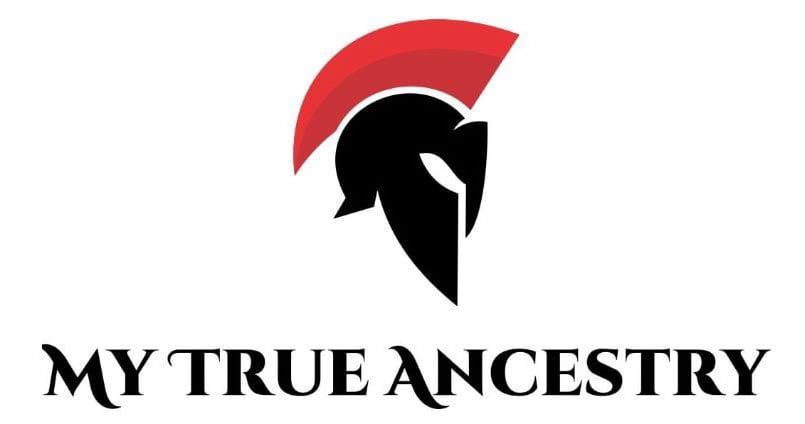Unearthing Treasures at Bacho Kiro Cave - the Dawn of Modern Human Culture





Discoveries from the Initial Upper Paleolithic: Illuminating the Dawn of Modern Human Culture
Welcome to an illuminating exploration of one of our most tantalizing prehistoric mysteries, the Initial Upper Paleolithic (IUP) period. This era in human prehistory marks not only technological innovation but also serves as a captivating focus for archaeological inquiry, steeped in the dynamic interplay between early Homo sapiens and Neanderthals. Our journey spans varied dig sites rich with history and scientific intrigue, from the caves of Bulgaria to the vast plains of Eurasia, revealing a vibrant tapestry of cultural dynamics that unfolded during this transformative time.
In the rocky embrace of Bulgaria's Bacho Kiro Cave, archaeologists have unearthed treasures that whisper stories from over 45,000 years ago. This site is a cornerstone for understanding the IUP, yielding fascinating remains associated with the earliest Homo sapiens in Europe. These include not only meticulously crafted blades and tools, suggesting a sophisticated approach to tool-making, but also the striking typology of osseous ornaments, which insinuate a burgeoning sense of cultural identity and social complexity among these ancient inhabitants.
Known for its treasure trove of ancient remains, Bacho Kiro stands as a testament to the dynamic nature of this transition period. Recent excavations have unveiled fossilized bones alongside striking tooth pendants, offering remarkable insight into the cultural practices of early modern humans. The archaeological discoveries from extensive excavations spearheaded by researchers like Tsenka Tsanova offer a glimpse into the ingenuity of our ancestors. Among these finds are elegantly crafted tooth pendants, symbolizing both technological and cultural sophistication.
When we read about vanished civilizations, it’s easy to forget that their descendants still walk among us. If you’re curious which of them you might share roots with, you can explore your own genetic links at www.mytrueancestry.com.
Among the pivotal finds are three tooth pendants from the earliest Upper Paleolithic layer, telling of adornment and possibly spiritual practice. Such grave goods are not mere artifacts but keys unlocking the cognitive ingenuity and aesthetic values of our prehistoric kin. A mere tooth, strung perhaps as a necklace or amulet, bespeaks of a consciousness that reaches out, bridging the millennia. Beyond the tools and everyday objects, it is the artistic and symbolic that deeply captivates, providing us with tooth pendants, impeccably crafted and likely used for personal adornment, reflecting a symbolic language expanding beyond mere utility.
Across the sprawling Eurasian landmass, from the Levant to Central Asia, the IUP is distinguished by its hallmark technological achievement: the blade. These tools, born from sophisticated knapping techniques and strategic material selection, highlight a leap in cognitive and motor skills that prefigures modern human adaptability. At sites like Dryanovo and Bacho Kiro, we see a transition marked by both striking similarities and subtle nuances, reflecting both shared knowledge and local innovation.
At the heart of this tale lies the mastery of stone, a tradition coined as the Initial Upper Paleolithic, revealing technological prowess that echoes across the ages. Across these sites, the appearance of robust blades with parallel edges, crafted using direct percussion with hard hammers, signifies a new phase in human adaptability. The persistence and innovation of these early tool-makers illustrate a period marked by change and adaptation, crucial for survival in diverse environments.
Key sites across Bulgaria such as Temnata and Kozarnika Caves reveal a vivid mosaic of cultural exchange and technological sprawl. The Temnata and Kozarnika Caves have produced evidence of the gradual shift from Middle to Upper Paleolithic technologies. Within their layers lay prismatic cores and blades, signaling a technological transition that echoes the rhythm of early human evolution. These sites offer a fascinating narrative of cultural and technological exchange, underscoring the interconnectedness of ancient communities.
As craftsmen wielded their stone tools, the rise of prismatic core and volumetric blade production marked a symbolic and literal cutting edge of human ingenuity during this curious period, bridging the Middle with the Upper Paleolithic. Samuilitsa II Cave provides a tantalizing glimpse into the late Middle Paleolithic period, with evidence pointing towards an early shift in tool-making techniques. Leaf point technologies and Levallois strategies were found here, shedding light on the behavioral nuances of Neanderthals and early Homo sapiens.
Peering into the lives of individuals excavated from this epoch, we get a sense of the interwoven tapestry of humanity's story. Genetic analysis reveals tantalizing hints of interactions—the intermingling of Neanderthal and Homo sapiens lineages—that add complex threads to this narrative. Each individual, each genome, adds depth to our understanding of who we were and how we came to be.
From Dryanovo, we soar across eons with the DNA of Bacho Kiro individuals. These early modern humans show genetic links to East Asian populations, revealing humanity's interconnected past, while also bearing the marks of recent Neanderthal ancestry—evidence of our complicated human journey marked by encounters between different hominins. Ancient DNA analyses reveal that Neanderthal genetic legacy persisted well into the Homo sapiens populations, reflecting a deep and complex interaction between the two species—a testament to human adaptability and resilience.
The interplay between blade technology and cultural dissemination is meticulously mapped through dynamic cartographies of silicite formations. These maps illuminate the pathways humans traversed, shedding light on the transportation of raw materials over truly astonishing distances. Equally intriguing are the early examples of personal adornment found with these early human settlers. The careful crafting of pendants and the emergence of osseous tools are not just mere artifacts in the narrative of human evolution, but whispers of ancient symbolic expression and culture, marking them as precursors to more complex societal structures.
Throughout this transition, the archaeological record captures an intricate mosaic of cultural interactions. Findings suggest that while Homo sapiens began to dominate the European landscape, their encounters with Neanderthals were marked by both conflict and cohabitation. Some assemblages point to potential cultural borrowing or acculturation as Homo sapiens and Neanderthals shared regions for millennia.
https://pure.mpg.de/rest/items/item_3664268_3/component/file_3665434/content
Discover how your DNA connects to ancient civilizations at www.mytrueancestry.com.
Comments